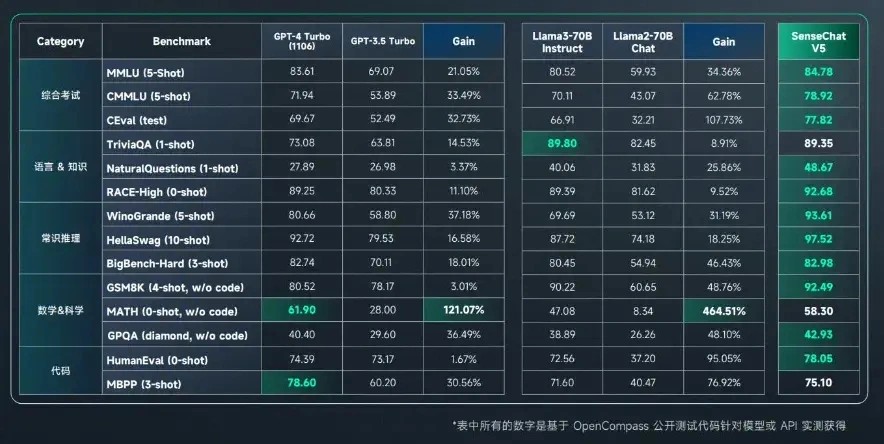Artificial intelligence continues evolving, pushing data processing and computational efficiency boundaries. A standout development in this space is the emergence of large-scale AI models that are not just expansive but also uniquely capable of handling complex datasets and multi-faceted tasks with greater precision and speed. These models advance various technologies, from automated reasoning to complex problem-solving across multiple domains.
One persistent challenge in AI has been optimizing the balance between computational power and efficiency. Traditional AI systems rely heavily on cloud-based infrastructures, which, while powerful, often suffer from significant latency issues. This lag can be detrimental in scenarios where real-time data processing is crucial, such as autonomous driving systems or medical diagnostics.
The current generation of AI models has seen significant enhancements in response to these limitations. These models are increasingly hosted on centralized servers and capable of running on local devices at the edge of networks. This shift significantly reduces latency by processing data where it is collected, but these setups often require more refined and capable handling of data to maintain efficiency.
SenseTime from China has launched the RiRiXin SenseNova 5.0. This model represents a leap in AI capabilities, employing a hybrid expert architecture that leverages both the depth of cloud computing and the responsiveness of edge computing technologies. The model trained on over 10TB tokens, encompassing extensive synthetic data. It’s equipped to handle 200K context windows during reasoning. Its focus lies on boosting proficiency in knowledge, mathematics, reasoning, and coding, achieving or surpassing 10% in mainstream objective evaluations, surpassing the performance of GPT-4 Turbo.
The SenseNova 5.0 model notably excels in its operational metrics. Compared to its predecessors, it has achieved a performance improvement of over 10% in mainstream objective evaluations. Specifically, it has shown prowess in enhancing knowledge-based tasks and multi-modal functions, including image and language processing. It supports an inference speed of up to 109.5 words per second, over five times faster than the human eye can read.
SenseTime has equipped the model to operate seamlessly across various devices, like mobile phones and tablets, integrating edge computing solutions that significantly reduce cloud server dependency. This integration has substantially reduced inference costs by up to 80% compared to similar models in the industry. The deployment of these models in specialized sectors like finance, medicine, and government operations has demonstrated both high efficiency and cost-effectiveness, offering scalable solutions that adapt quickly to user demands.
In conclusion, SenseTime’s development of the RiRiXin SenseNova 5.0 model marks a transformative step in artificial intelligence. By harmonizing high-level data processing with swift, localized computation, this model sets a new standard in the efficiency and application of AI technology. The significant reductions in latency and operational costs, the model’s adaptability across various platforms, and its superior performance in multi-modal evaluations underscore its potential to enhance a wide range of AI-driven services and applications, making advanced AI more accessible and practical for everyday use.
The post SenseTime from China Launched SenseNova 5.0: Unleashing High-Speed, Low-Cost Large-Scale Modeling, Challenging GPT-4 Turbo’s Performance appeared first on MarkTechPost.
Source: Read MoreÂ

